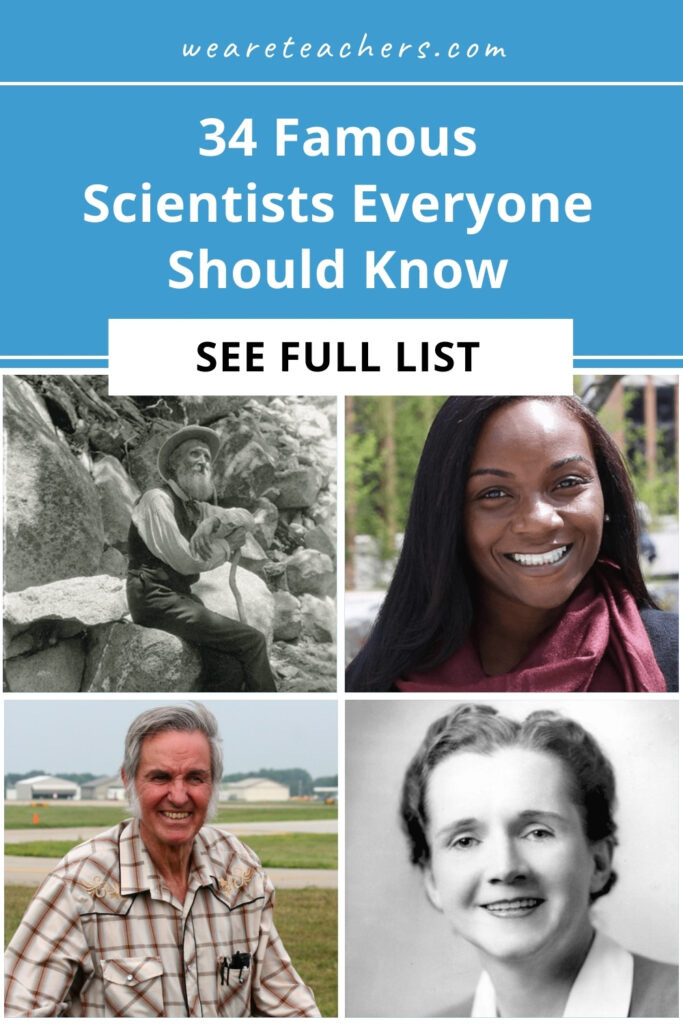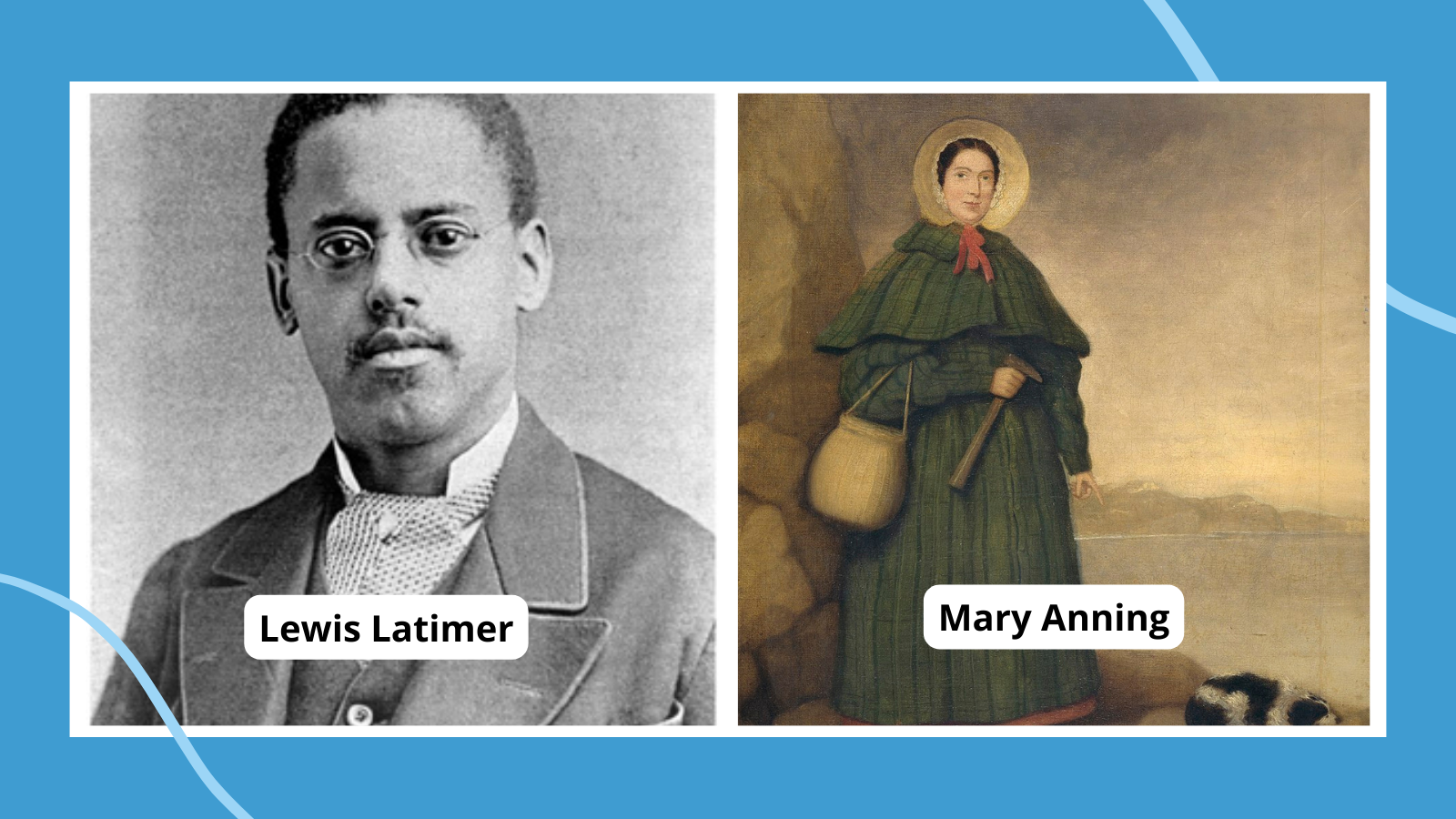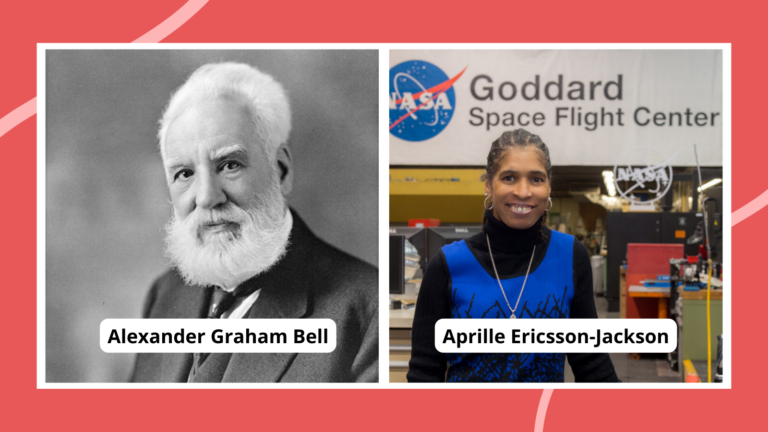From one hypothesis to the next, these famous scientists have made discoveries that saved lives, uncovered entire species, and reached into outer space. Understanding scientists—who they are/were and what they discovered—adds depth to facts and topics from dinosaurs to vaccines. Here are 34 scientists, from early history to today, who made and are making the discoveries that shape our world.
Jump to:
- Famous Astronomers
- Famous Biologists
- Famous Doctors and Chemists
- Famous Geologists and Paleontologists
- Famous Physicists
- Famous Engineers
Famous Astronomers
Scientists who explore the skies and teach us what we know about the universe, astronomers are literally out of this world.
Galileo Galilei (1564–1642)
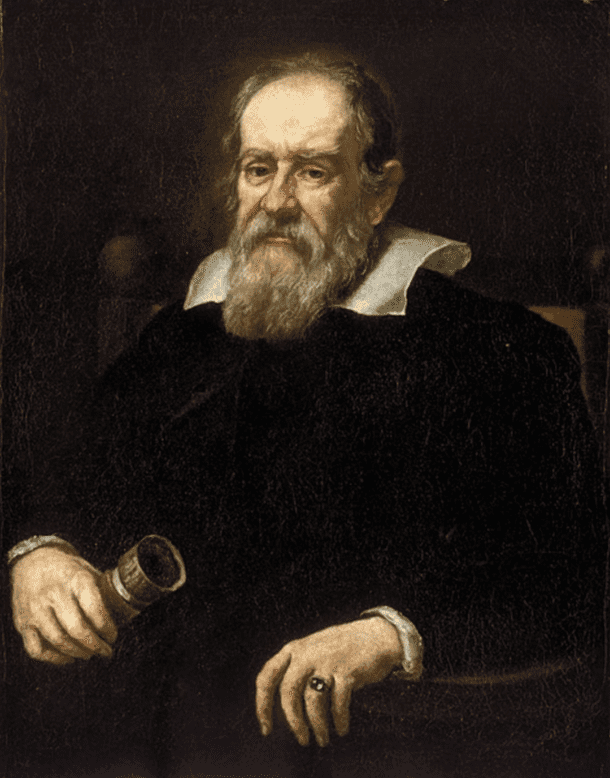
Known as the founder of modern physics and one of the most famous scientists ever, Galileo discovered many theories and laws in his lifetime, including the law of inertia. He also improved upon the telescope and discovered several astronomical observations.
Learn more about Galileo at the Royal Museums Greenwich.
Try it: Conduct a bottle-drop experiment to test the laws of gravity.
Edwin Hubble (1889–1953)
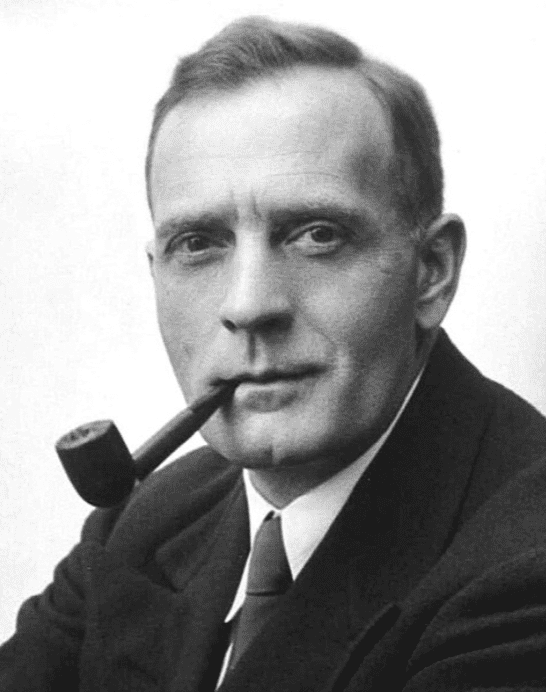
Hubble discovered several galaxies beyond the Milky Way, opening up a whole new world of possibilities within astronomy. The Hubble Space Telescope was named after Hubble and his contributions.
Learn more about Edwin Hubble at NASA.
Try it: Make your own telescope using a variety of craft supplies.
Mae Jemison (born 1956)
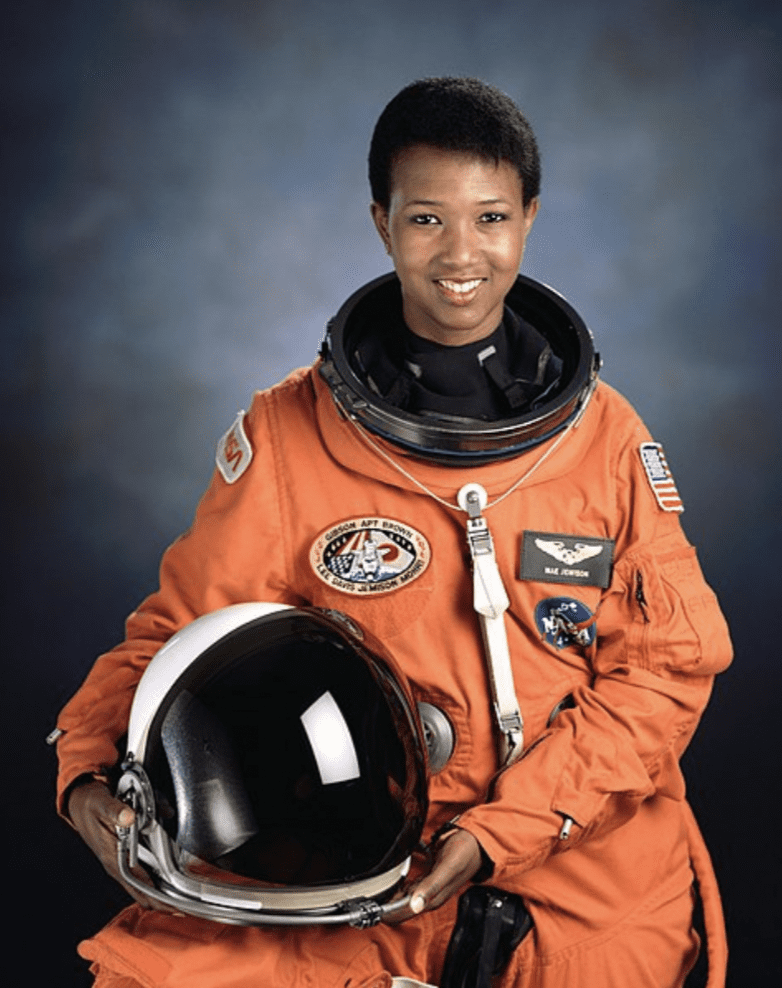
Mae Jemison was the first African American woman to launch into space. She also participated in the bone cell research experiment that took place on her expedition.
Learn more about Mae Jemison at the National Women’s History Museum.
Try this: Explore this Space Place page from NASA for some fun space experiments and activities.
Neil deGrasse Tyson (born 1958)
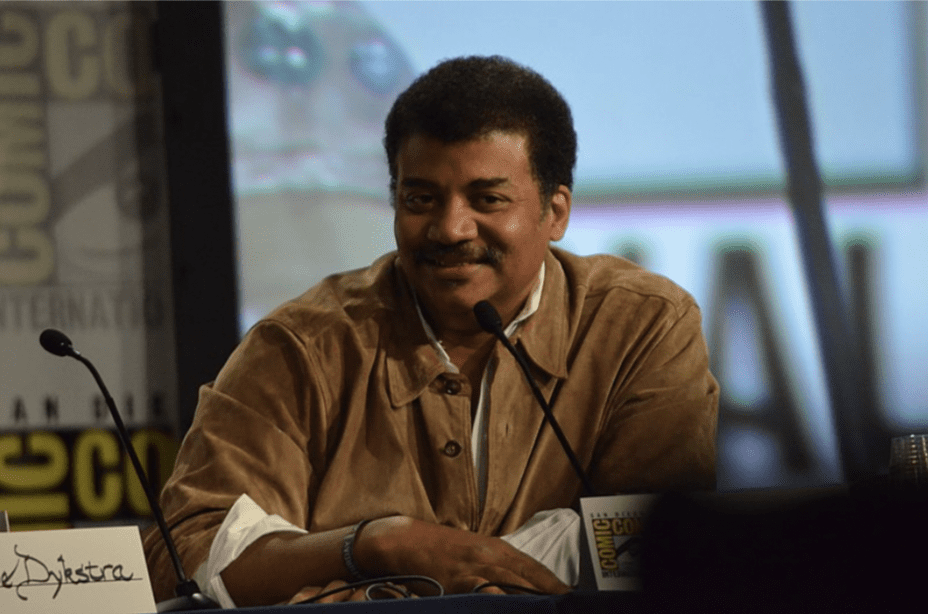
One of the most famous scientists today, Neil deGrasse Tyson is known for making discoveries in cosmology, stellar formation, and astronomy. Tyson is a fascinating scientist and author of several books that popularized science for the general public. He is also the director of the Hayden Planetarium in New York City.
Learn more about Neil deGrasse Tyson at the American Museum of Natural History.
Try it: Make an astrolobe and learn how to use it.
Christina Koch (born 1979)
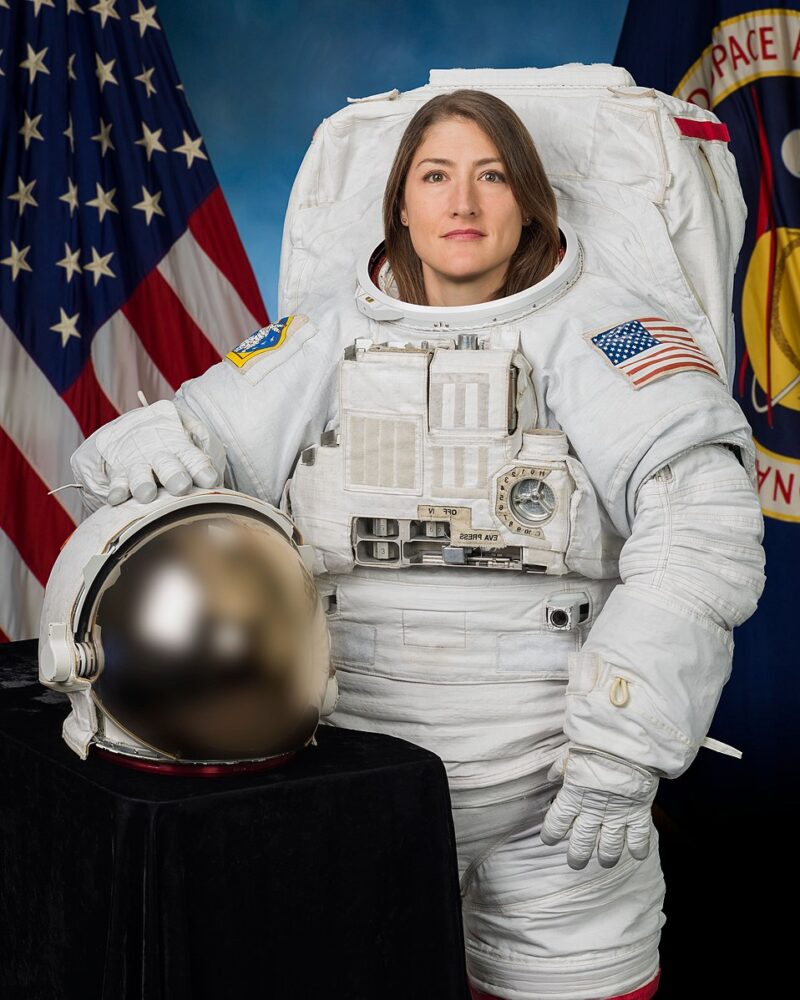
Koch became a NASA astronaut in 2015 and worked on the International Space Station in December 2018. She broke the record for the longest single spaceflight by a woman when she spent 328 days in space. In October 2019, she also took part in the first all-female spacewalk with fellow astronaut Jessica Meir.
Learn more about Christina Koch at NASA.
Try it: Imagine you’re living in the International Space Station.
Famous Biologists
These scientists study life on earth, from how life came to be to what lives in the deepest parts of the ocean to how to preserve our planet.
Charles Darwin (1809–1882)
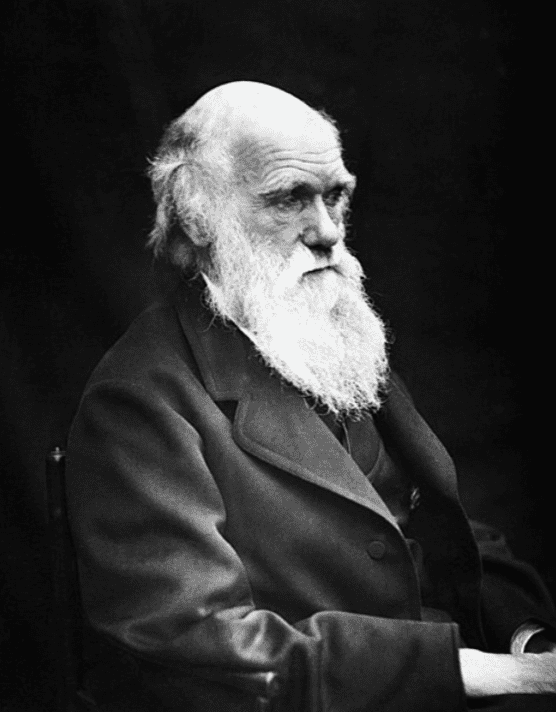
Darwin is credited with discovering the theory of natural selection. He also uncovered more facts about evolution and how old our planet really is.
Learn more about Charles Darwin at National Geographic.
Try it: Put together your own experiment to learn more about natural selection and Darwin’s theories.
Ynés Enriquetta Julietta Mexía (1870–1938)
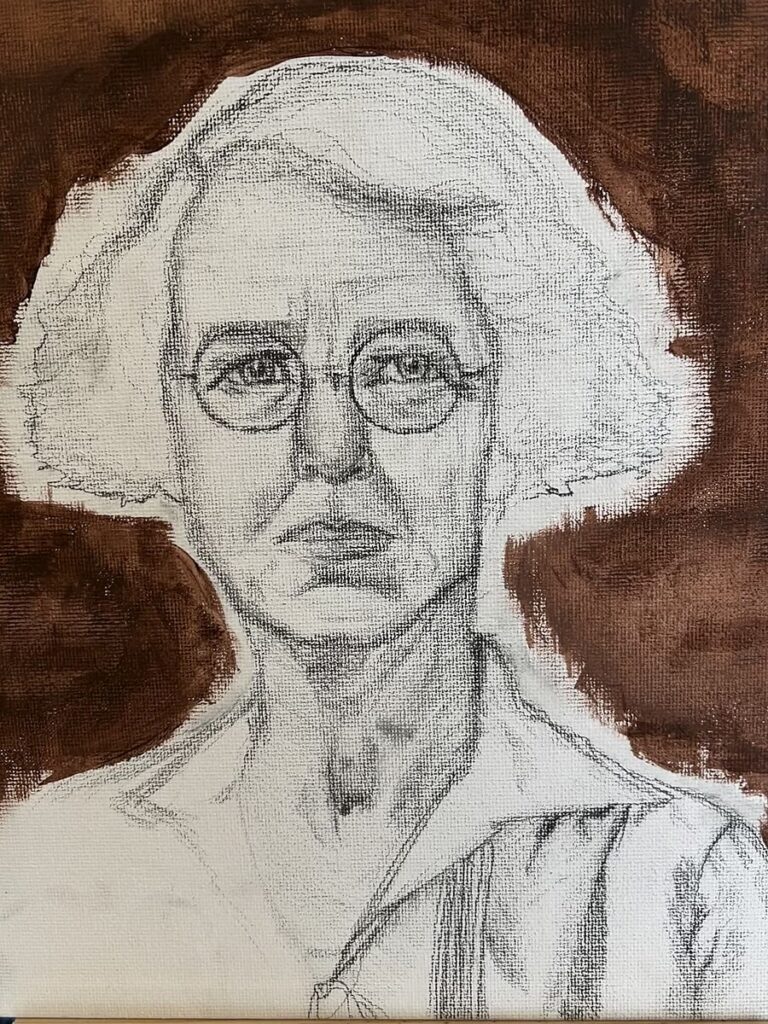
Mexican American botanist Ynés Enriquetta Julietta Mexía started collecting plants while in Mexico in 1925. She then traveled all over North and South America collecting plants. She was the first Mexican American female botanist and the first to collect samples in what is now Denali National Park. In her life, she collected almost 150,000 specimens and helped discover more than 500 plants.
Learn more about Ynés Enriquetta Julietta Mexía at the National Park Service.
Try it: Practice classifying plants like Mexía with an activity from Nature Inspired Learning.
Rosalind Franklin (1920–1958)
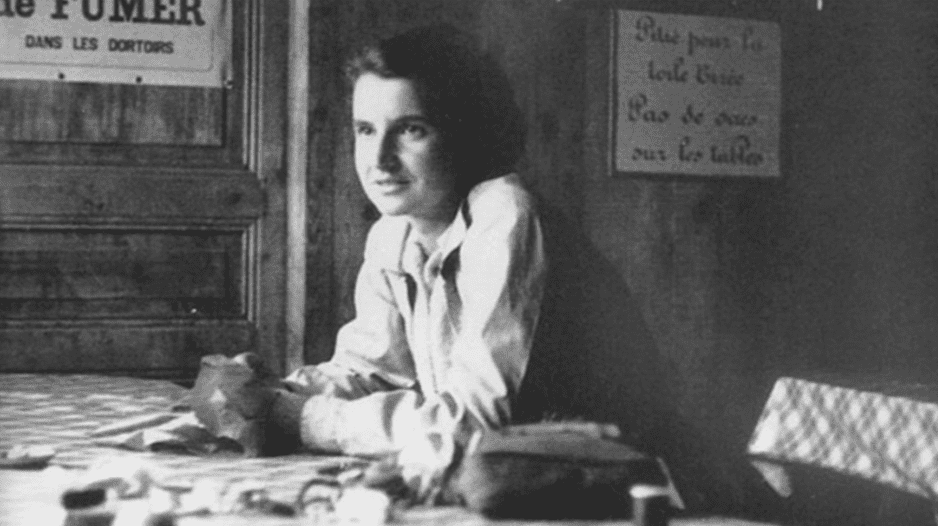
Franklin made notable discoveries such as the double helix structure of DNA. While James Watson and Watson Crick are the famous scientists typically credited with this discovery, Franklin’s work came first and was overshadowed.
Learn more about Rosalind Franklin at Nature.com.
Try it: Put together your own double helixes to honor Franklin’s discovery.
John Muir (1838–1914)
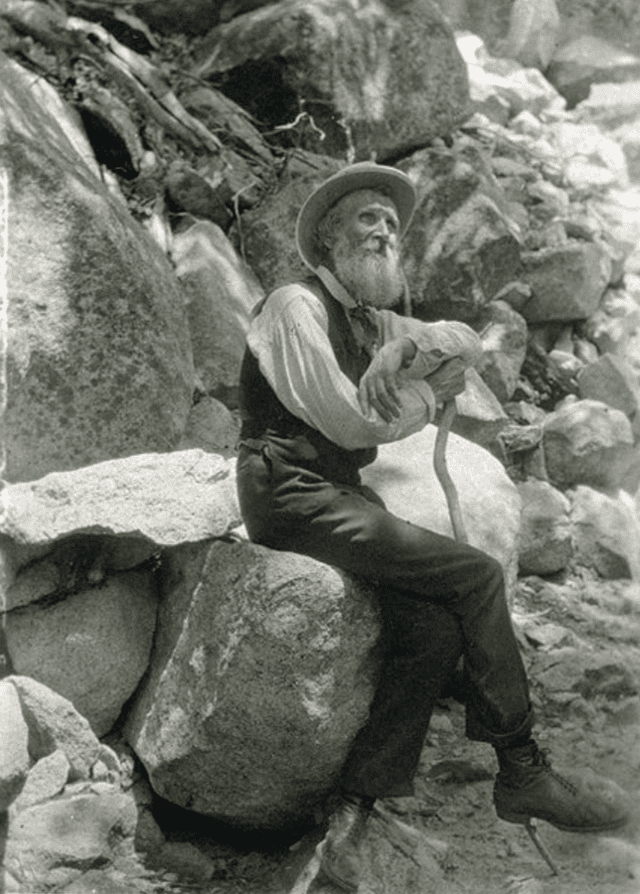
Muir was an advocate for the preservation of wilderness in the United States. He created the National Park System and the Sierra Club. President Theodore Roosevelt and Muir worked together to implement wilderness conservation programs.
Learn more about John Muir at the Sierra Club.
Try it: Go on a scavenger hunt out in nature.
George Washington Carver (c . 1864–1943)
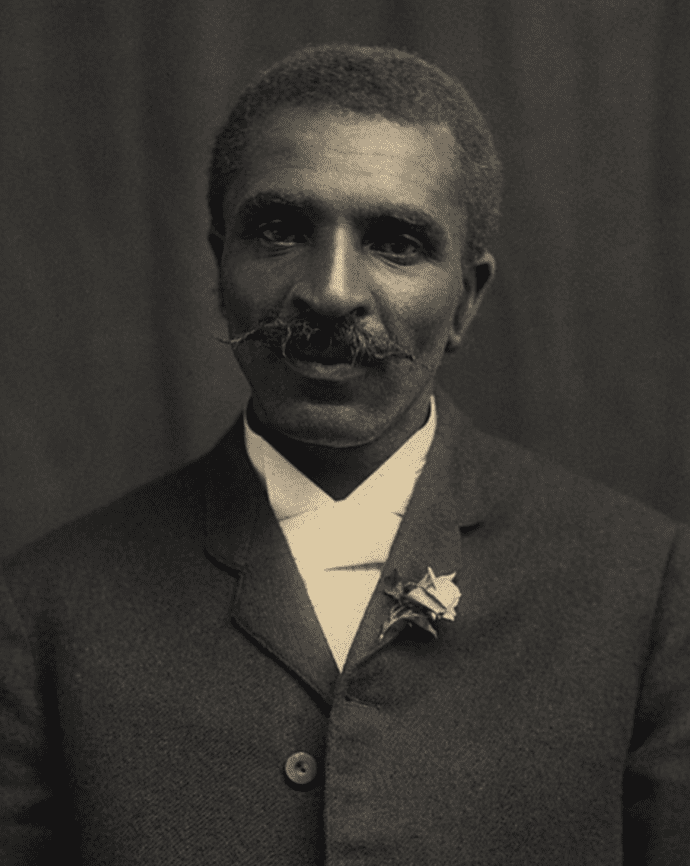
Known for his agricultural experiments, Carver developed more than 300 uses for peanuts and other foods such as soybeans and sweet potatoes. His experiments changed the world and gave us many of the products we still use today.
Learn more about George Washington Carver at the USDA.
Try it: Craft a peanut person highlighting all of Carver’s accomplishments.
Rachel Carson (1907–1964)
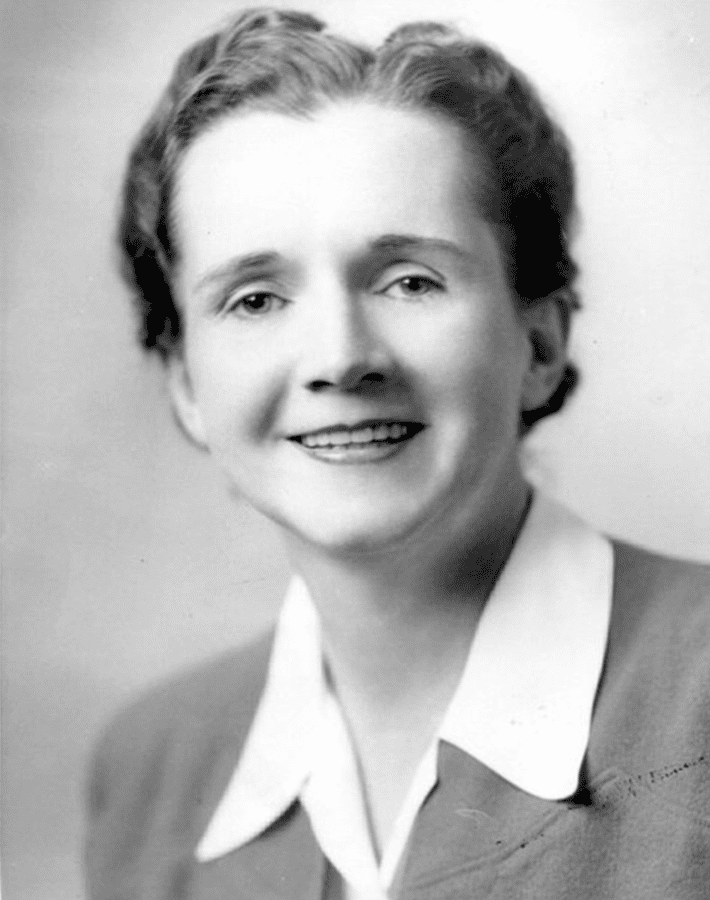
Carson wrote a book called Silent Spring, which changed the public’s view on pesticides and how they contribute to pollution. After reading the book, President John F. Kennedy changed the laws pertaining to which chemicals can be put into products sold to the public.
Learn more about Rachel Carson at the Rachel Carson Council.
Try it: Identify whether plants are affected by pesticides or not using bean seeds.
Jane Goodall (born 1934)
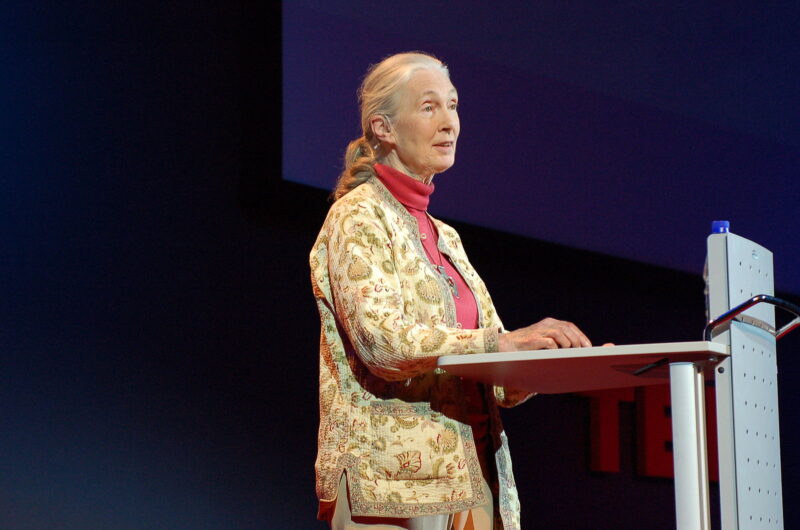
Jane Goodall changed the way we view and interact with chimpanzees. She was the first person to observe chimps making and using tools, which was previously thought to be something only humans could do.
Learn more about Jane Goodall at the Jane Goodall Institute.
Try it: Learn how to be a primate conservationist at the New England Primate Conservancy.
Marie Tharp (1920–2006)
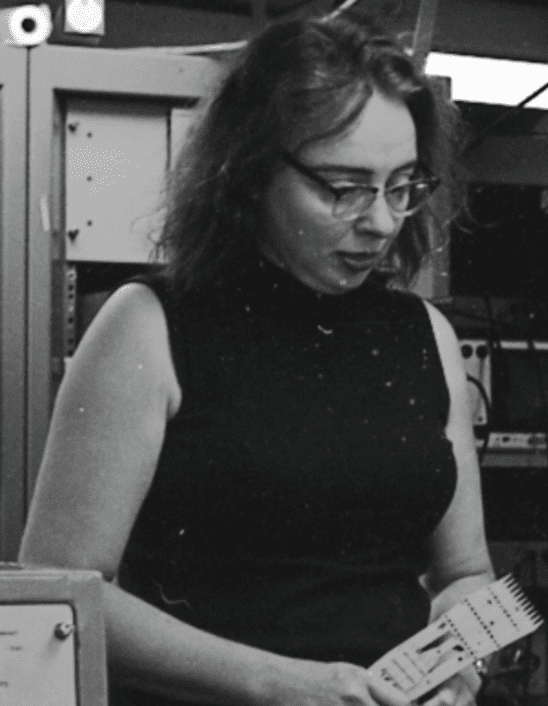
Tharp was an oceanographic cartographer who created one of the first maps of the ocean floor. At that time, women were not even allowed on boats, but she persevered and made important discoveries about the topography of the ocean floor.
Learn more about Marie Tharp at the Mariners’ Museum and Park.
Try it: Map out your own ocean floor using shaving cream and food coloring.
Sylvia Earle (born 1935)
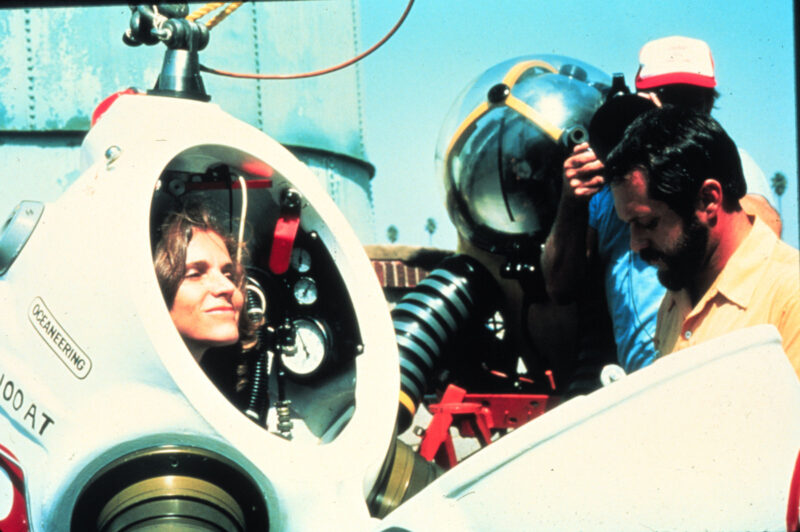
Sylvia Earle is a marine biologist whose work resulted in the record for the deepest walk on the ocean floor.
Learn more about Sylvia Earle at National Geographic.
Try it: Dive into some fun facts about Sylvia Earle.
Famous Doctors and Chemists
Doctors and chemists study the tiny details in life, from reactions in a test tube to reactions inside our bodies, and teach us about who we are at the cellular level.
Agnes Pockels (1862–1935)
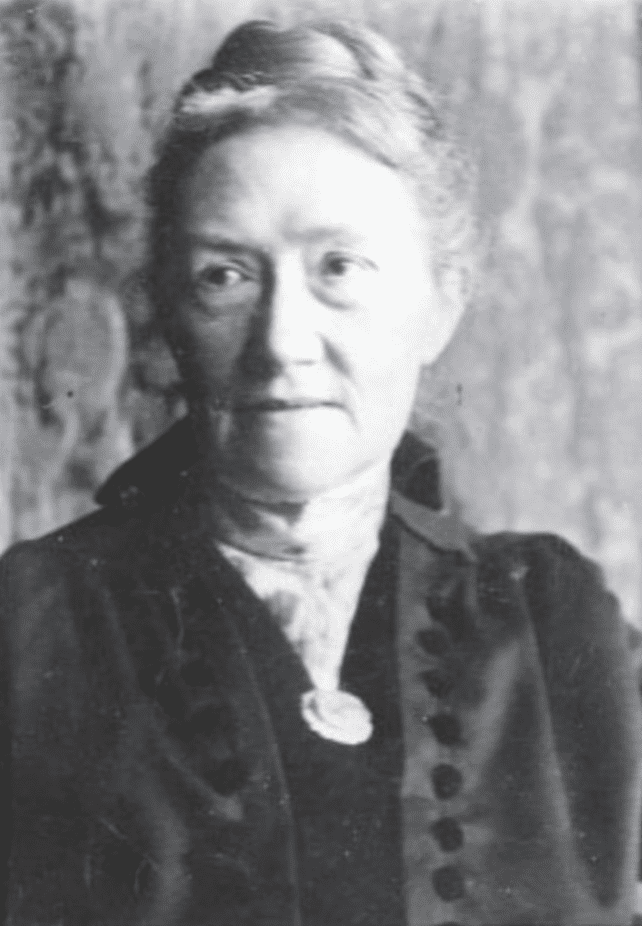
Agnes Pockels was one of the first people to research and discover the scientific idea of surface science, and more specifically surface tension. She received the Laura Leonard award for her contributions to science.
Learn more about Agnes Pockels at Scientific Women.
Try it: Discover the magic of surface tension with this experiment using black pepper and water.
Alexander Fleming (1881–1955)
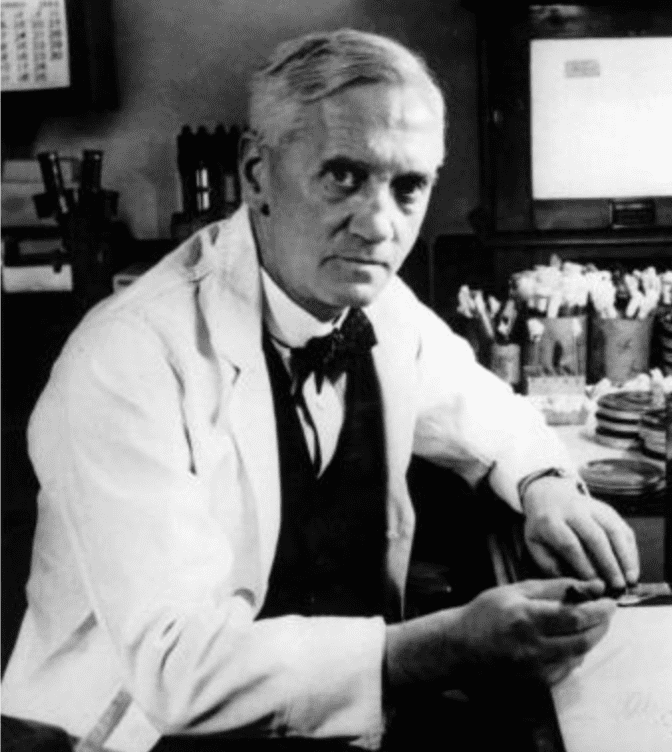
Fleming was a pharmacologist who helped create penicillin, a revolutionary breakthrough in the world of medicine. His discoveries were the catalyst for modern antibiotics.
Learn more about Alexander Fleming at PBS.
Try it: Learn about about Alexander Fleming at Mama’s Learning Corner and complete a bread mold experiment at STEAMsational.
Hayat Sindi (born 1967)
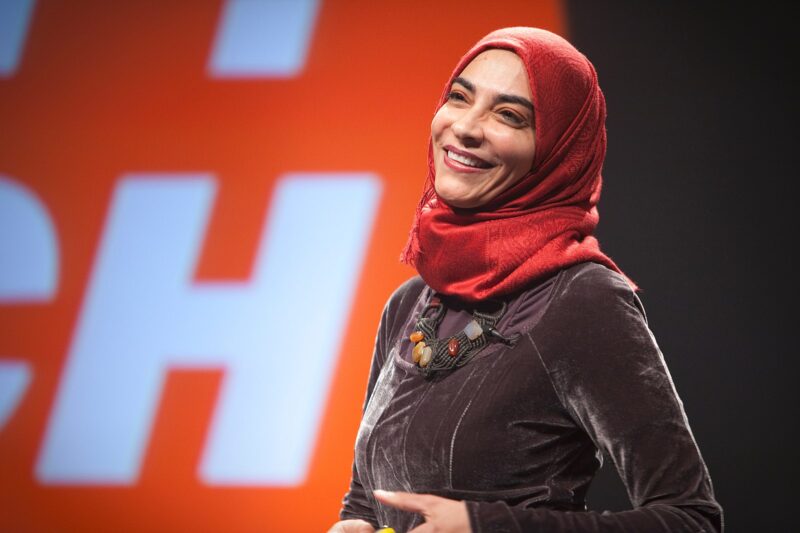
Hayat Sindi works to make low-cost medical devices that help diagnose diseases, primarily used in developing countries. She has made fascinating strides as a Saudi Arabian woman in biotechnology.
Learn more about Hayat Sindi at National Geographic.
Try it: Check out this video on Sindi to learn more about her and her contributions to science.
Kizzmekia Corbett (born 1986)
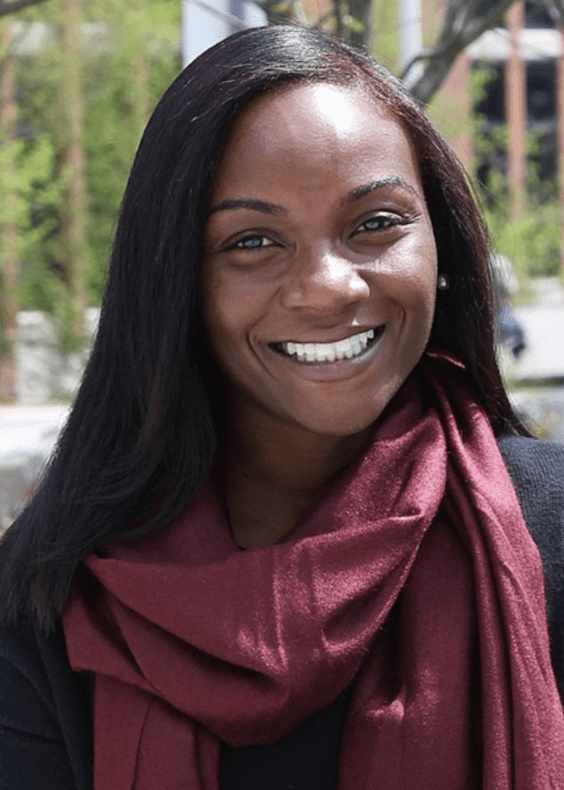
We can thank Kizzmekia Corbett’s amazing efforts for helping develop and create the Moderna vaccine for COVID-19. Not only is she making strides in vaccinations, she is also raising awareness about racial disparities in science.
Learn more about Kizzmekia Corbett at the Franklin Institute.
Try it: These four fun experiments show different aspects of how COVID and other viruses spread.
Famous Geologists and Paleontologists
These are scientists who study what’s happening in the rocks beneath our feet, from how the earth was formed to discovering dinosaurs. Geologists and paleontologists inspire the imaginations of the next generation of famous scientists.
Mary Anning (1799–1847)
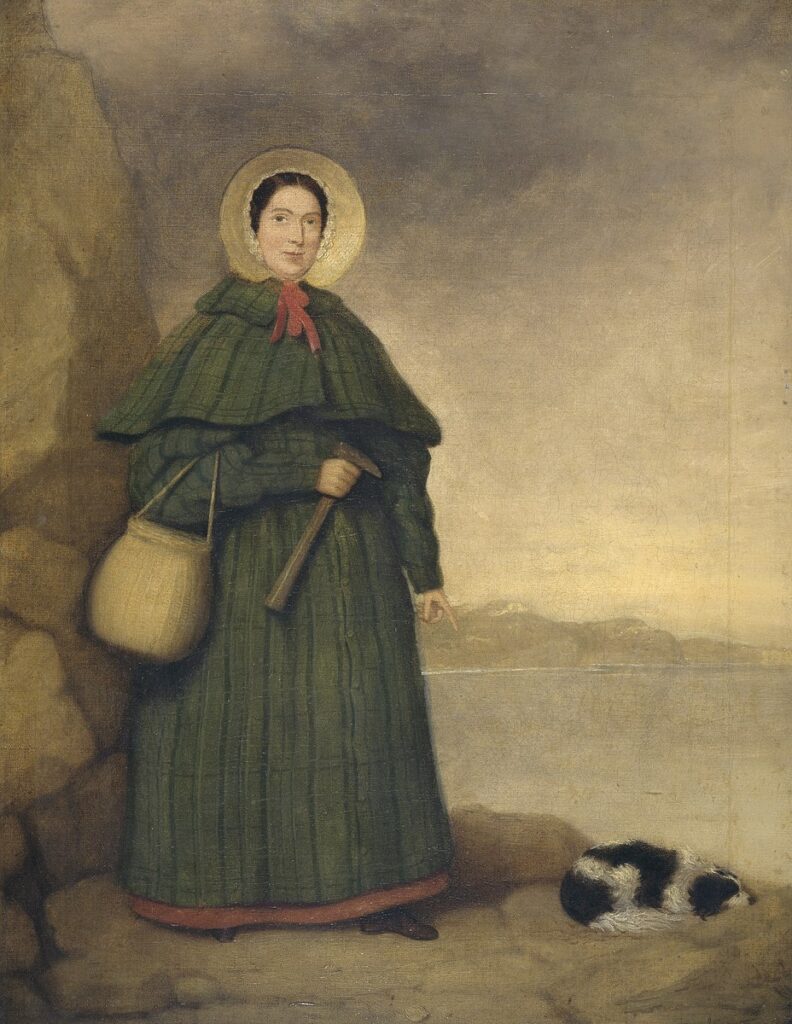
Mary Anning was a fossil collector in England. She discovered fossils off the cliffs of Lyme Regis, England. Mary was only a kid (age 10-12) when she helped uncover the first ichthyosaur fossils between 1809 and 1811. Later, she found more ichthyosaur skeletons and the first plesiosaur skeleton.
Learn more about Mary Anning at National Geographic Kids.
Try it: Create a dinosaur bone excavation activity at Fun Learning for Kids.
Alfred Wegener (1880–1930)
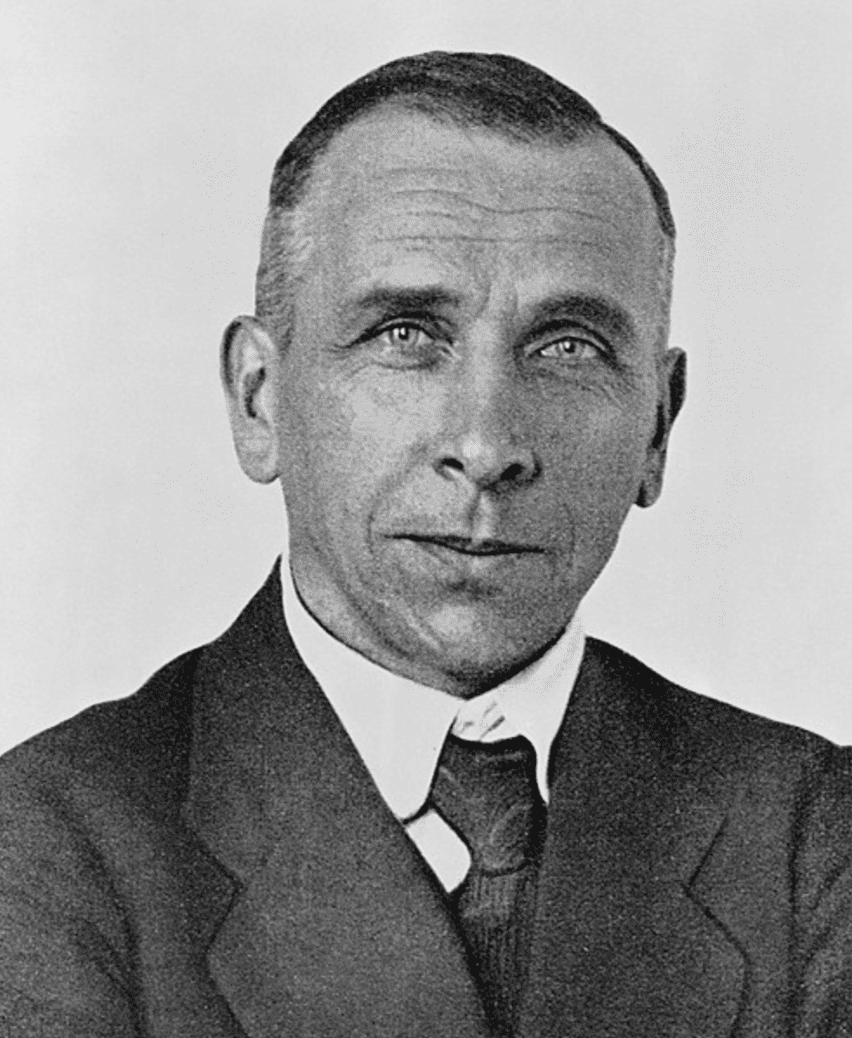
Before the Earth’s continents split, there was a supercontinent called Pangea. Wegener’s research in geology proved that Pangea once existed, among other discoveries about continental drift, and made him one of the most famous scientists of his time.
Learn more about Alfred Wegener at Environment & Society.
Try it: Create a model of Pangea to learn about continental drift.
Inge Lehmann (1888–1993)
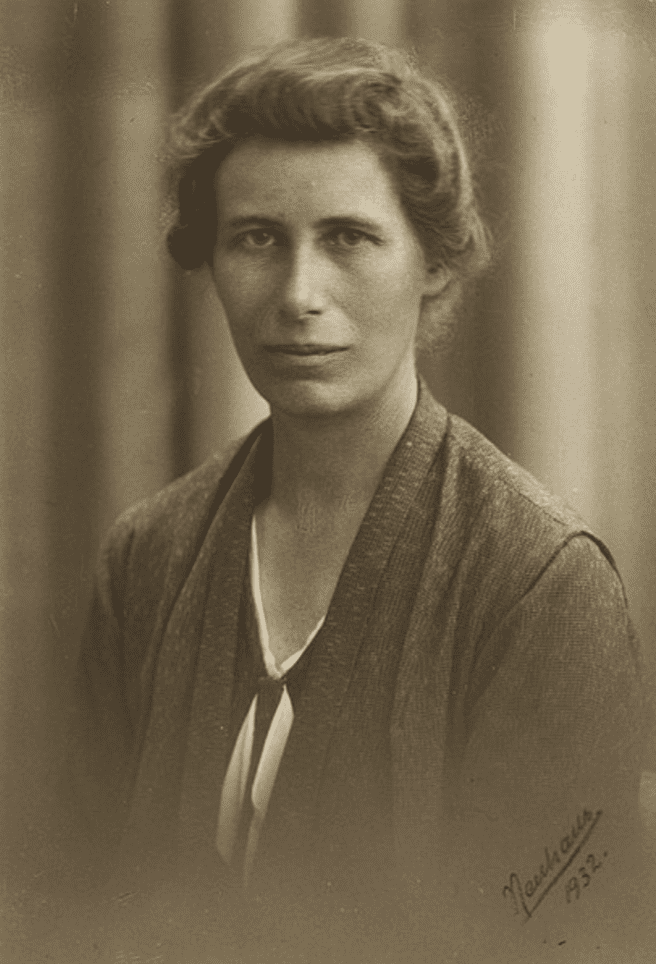
Lehmann discovered the Earth’s inner core. She used seismic wave data to make this significant geological discovery.
Learn more about Inge Lehmann at the Linda Hall Library.
Try it: Create a model of the layers of the earth from Surviving a Teacher’s Salary.
Luis Walter Alvarez (1911–1988)
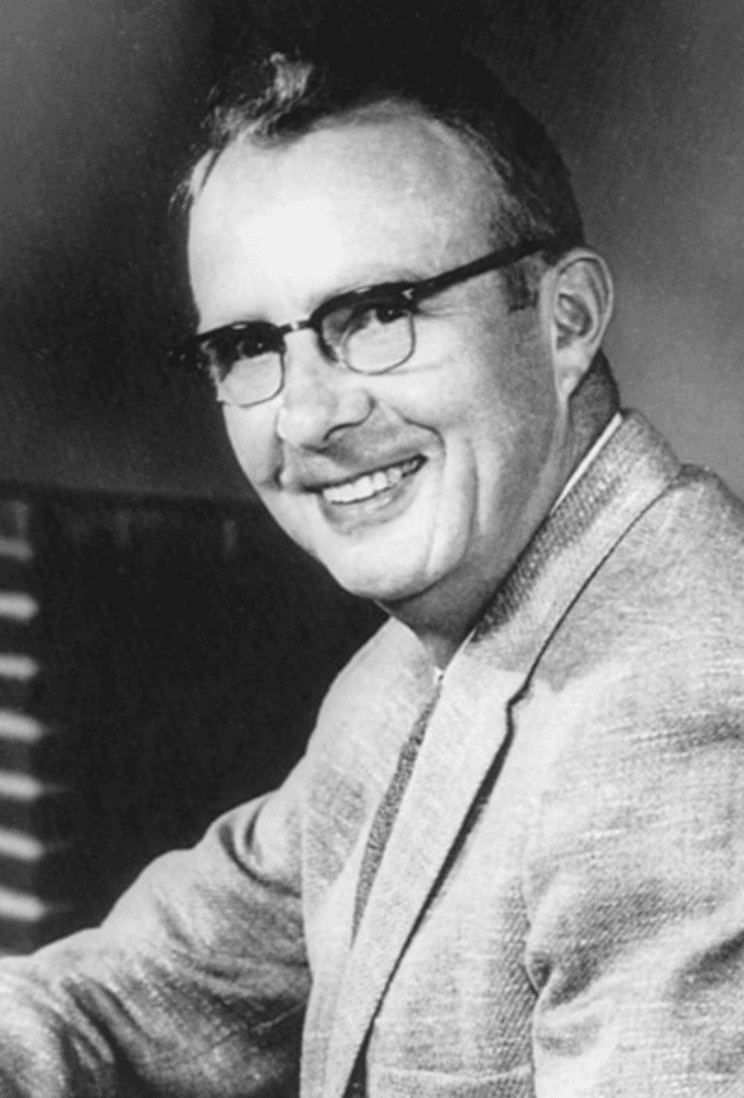
Alvarez’s geological discoveries uncovered the idea that the dinosaurs went extinct due to an asteroid. This theory gained popularity after a controversial beginning and is globally recognized today, as are Alvarez’s accomplishments as one of the great famous scientists.
Learn more about Luis Alvarez at Vision Learning.
Try it: Learn all about fossils with this DIY fossil activity.
Famous Physicists
This group includes the most famous scientists of all time: Newton and Einstein. Physicists are always thinking about what makes the world work, starting with the smallest particles. Some, like Marie Curie, became so immersed in their experiments they literally died for their science.
Sir Isaac Newton (1643–1727)
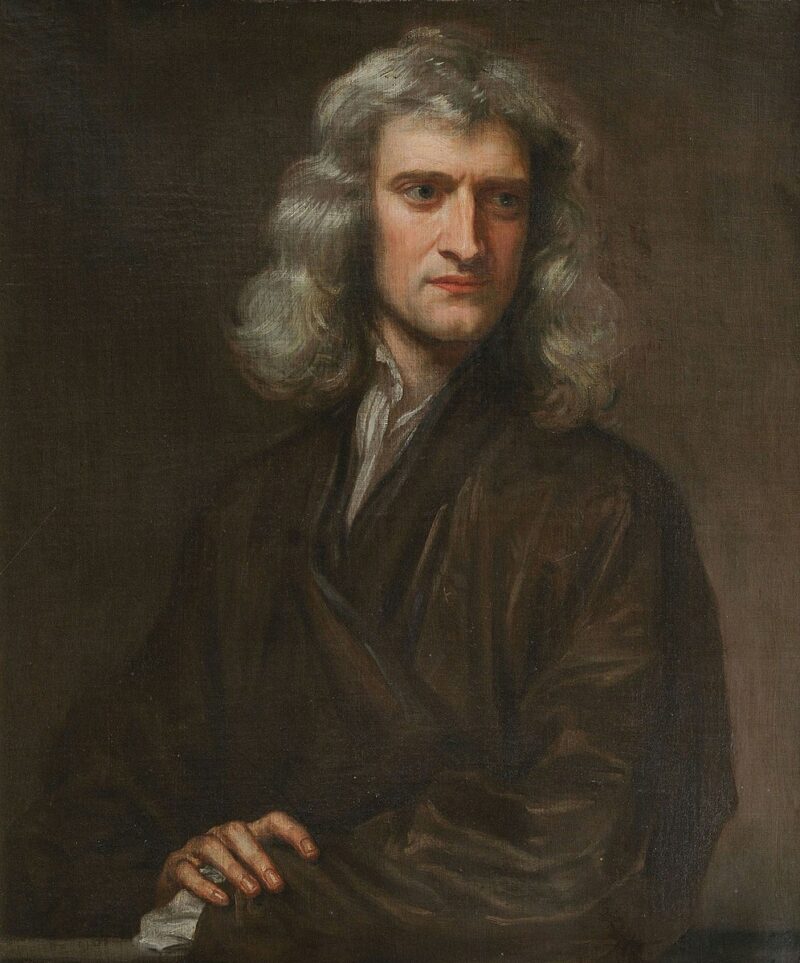
Sir Isaac Newton was an English physicist and mathematician during the Scientific Revolution. He defined the three laws of motion and the foundation of modern physics. He also discovered what white light was made up of and described the science of light.
Learn more about Isaac Newton at Britannica Kids.
Try it: Learn about gravity and test Newton’s theories at Science Sparks.
Marie Curie (1867–1934)
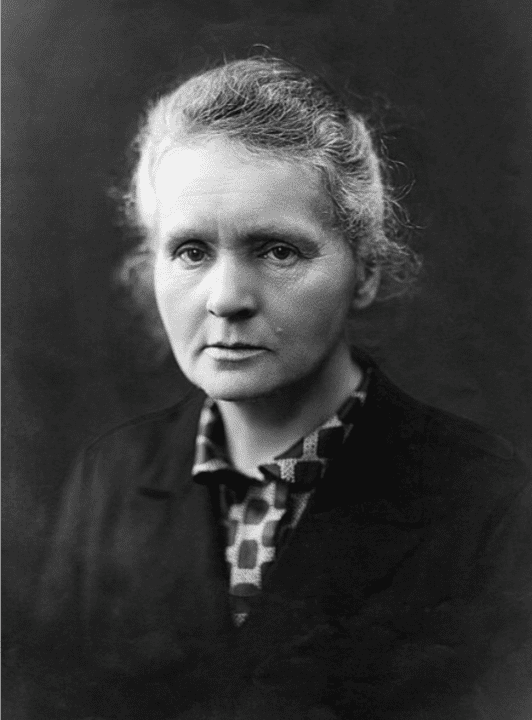
Curie was the first woman to receive the Nobel Prize for her work with radioactivity and radium. She pioneered the discovery and use of X-rays.
Learn more about Marie Curie at Smithsonian Magazine.
Try it: Make X-ray play dough.
Albert Einstein (1879–1955)
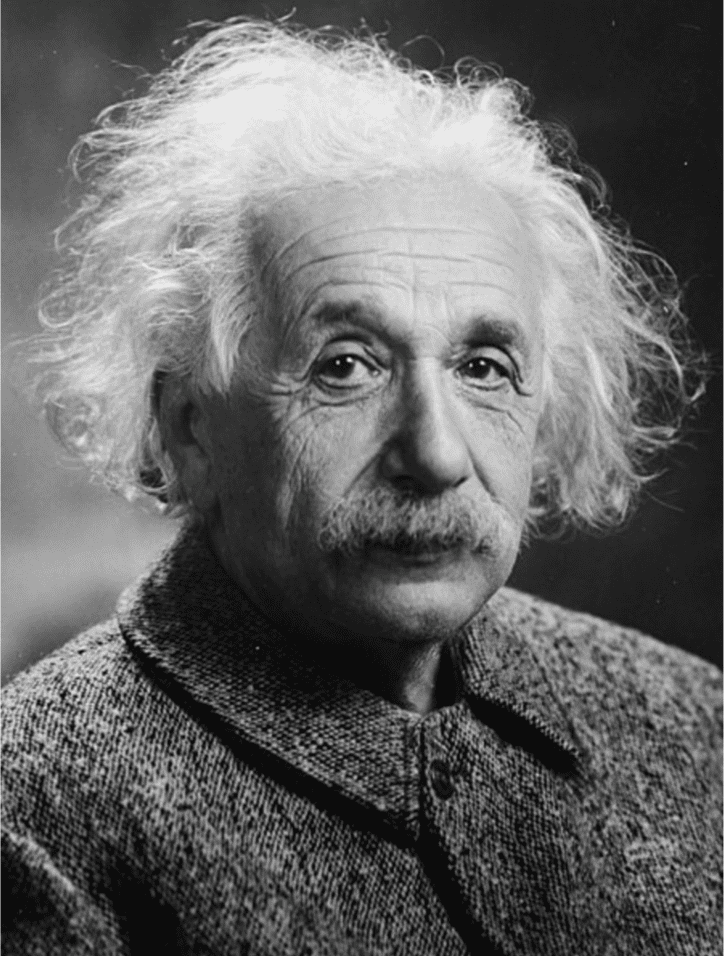
One of the most famous scientists, Einstein is credited with creating the theory of relativity and for developing the world’s most famous mathematical equation. He also developed a law called the photoelectric effect, for which he received the Nobel Prize in physics.
Learn more about Albert Einstein at History.com.
Try it: Learn all about Einstein’s famous equation and what it meant with lessons from NOVA Education.
Otto Hahn (1879–1968)
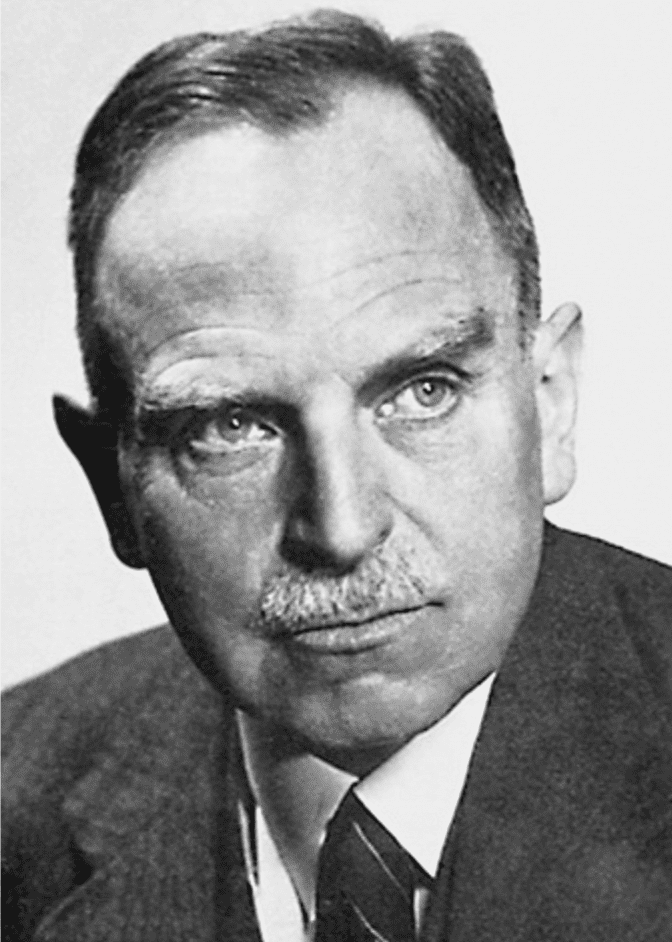
Hahn, a peace activist during World War II, helped discover nuclear fission and pioneered the fields of radioactivity and radiochemistry.
Learn more about Otto Hahn at Atomic Archive.
Try it: Check out this lesson on nuclear energy and fission to better understand Hahn’s achievements.
Sabrina Gonzalez Pasterski (born 1993)
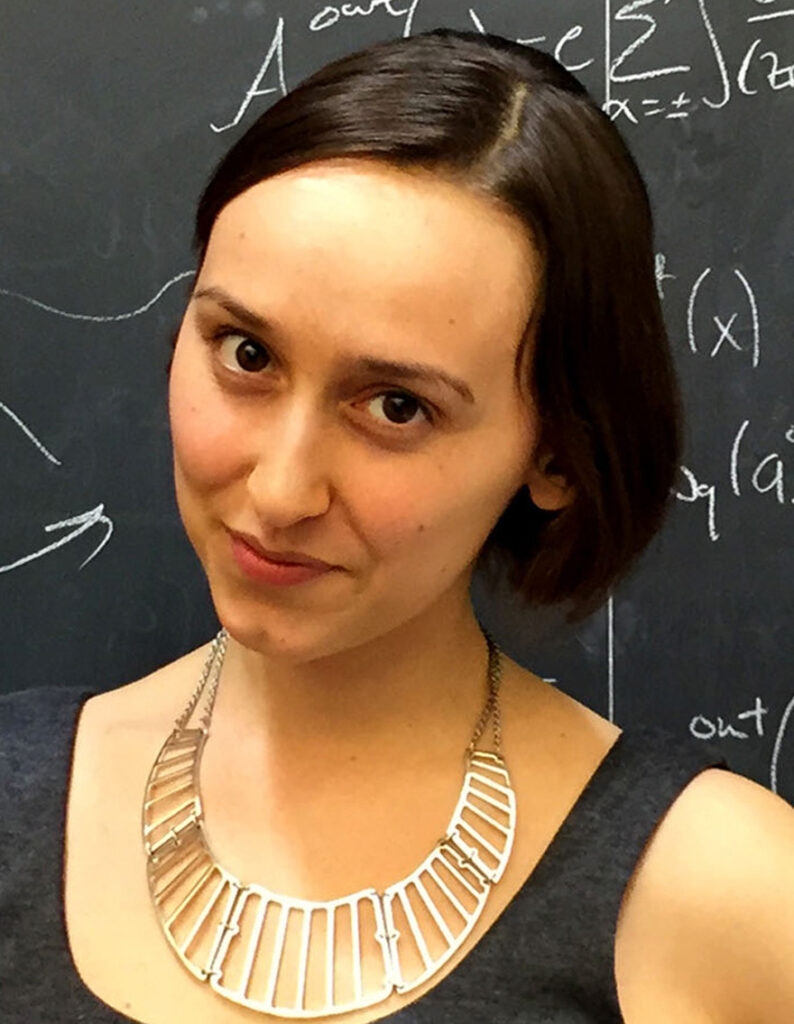
Sabrina Gonzalez Pasterski is a Cuban American theoretical physicist. She is known for being the youngest person to build and pilot their own aircraft. When she was 12, she built an aircraft from a kit and flew it at age 16. Now, she studies high-energy physics and is working on things like understanding gravitational waves, searching for dark matter particles, and extra dimensions.
Learn more about Sabrina Gonzalez Pasterski at the Perimeter Institute.
Try it: Study gravitational waves, like Pasterski does, at Mocomi.
Famous Engineers, Information and Technology
Engineers are scientists that figure out how to build things, from bridges to computers. And as they work, they merge other areas of science to bring their ideas to life.
Leonardo da Vinci (1452–1519)
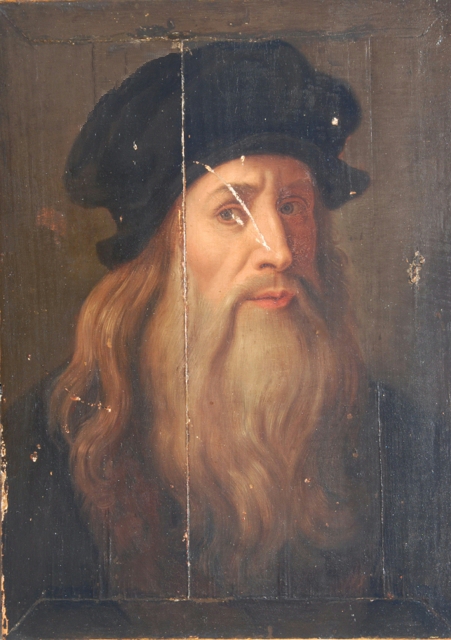
He’s best known for painting the Mona Lisa, but Da Vinci was also an engineer and inventor. He used his artistic talent to create diagrams and technical drawings. Da Vinci designed a bridge that spanned 900 feet and was high enough for a ship to pass under. It was not built during the Renaissance because people thought it was impossible, but a Norwegian architect used Da Vinci’s plans in 2001 to build the bridge, and it’s now standing in Norway. Da Vinci also designed a canal with locks to control water levels, and a simple form of an engine.
Learn more about Leonardo Da Vinci at Britannica Kids.
Try it: Build a catapult to learn the basics of engineering with Little Bins for Little Hands.
George Stephenson (1781–1848)
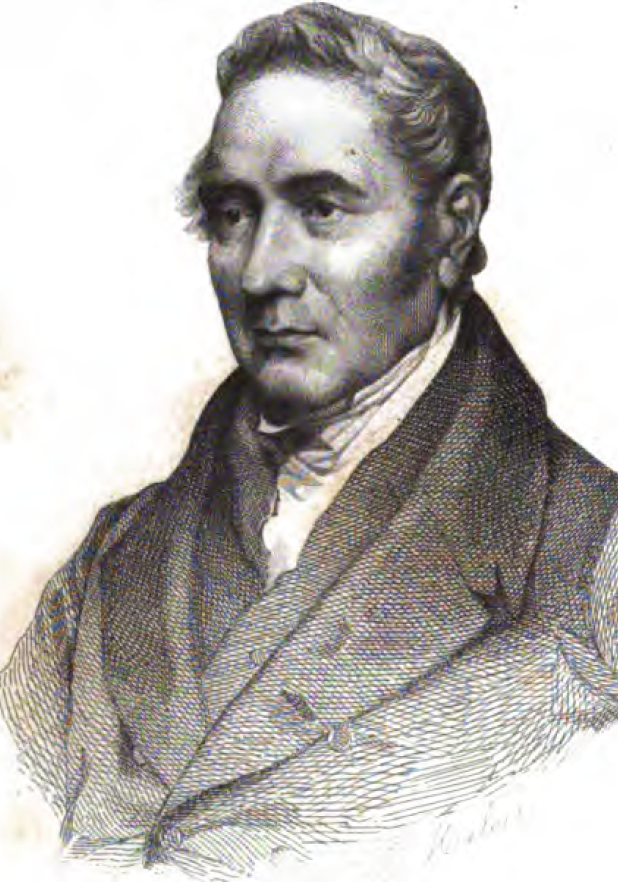
George Stephenson invented the railway gauge that is still used around the world today, and he helped build the first railroad between two cities, Liverpool and Manchester, in 1830. He was named the “Father of the Railway.”
Learn more about George Stephenson at Britannica Kids.
Try it: Study how trains stay on their tracks at Science Buddies.
Lewis Latimer (1848–1928)
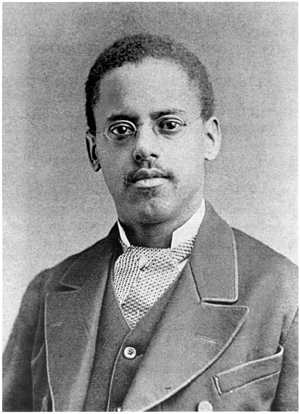
Lewis Latimer was an inventor and engineer who improved on Thomas Edison’s light bulb. Latimer designed a filament that made the light bulb more practical and affordable for people.
Learn more about Lewis Latimer at the Lewis Latimer House Museum.
Try it: Learn about circuits and light bulbs in this experiment.
Hedy Lamarr (1914–2000)
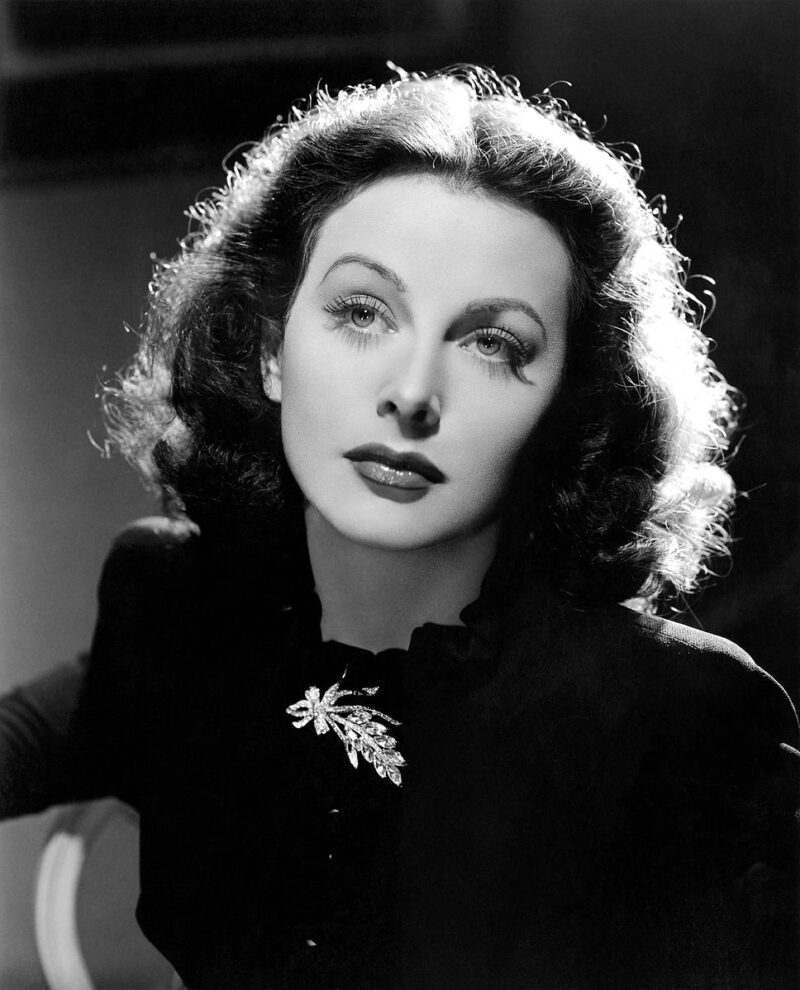
Hedy Lamarr was an actress and engineer. In the 1940s, she worked with George Antheil to create a radio communications invention that allowed radio signals to move between frequencies. The famous scientists’ goal was to protect Allied torpedoes from Nazi discovery during World War II, but their invention was also the precursor to Wi-Fi technology.
Learn more about Hedy Lamarr at Engineering for Kids.
Try it: Explore radio waves at NASA.
Mary Allen Wilkes (born 1937)
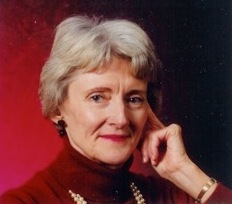
Mary Wilkes helped design the LINC (Laboratory Instrument Computer), one of the first personal computers, and is known for being one of the first people to have a computer in their home. She also developed the operating system that the LINC computer used.
Learn more about Mary Wilkes at Engineering for Kids.
Try it: Think like Mary Wilkes with these cross-curricular coding lessons.
Temple Grandin (born 1947)
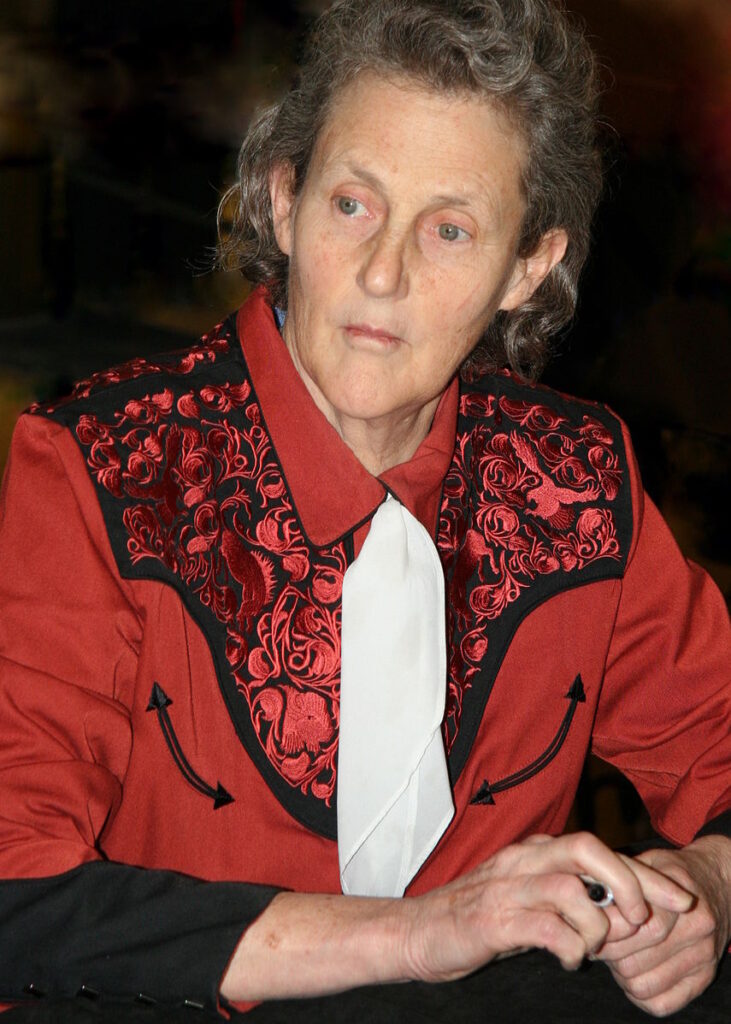
Temple Grandin’s progressive and humane ways of slaughtering animals changed the way companies treat their livestock. She is also an expert spokesperson on autism.
Learn more about Temple Grandin at Colorado State University.
Try it: Watch cow flight zones and how Temple Grandin used flight zones to create inventions that helped agriculture.
Burt Rutan (born 1943)
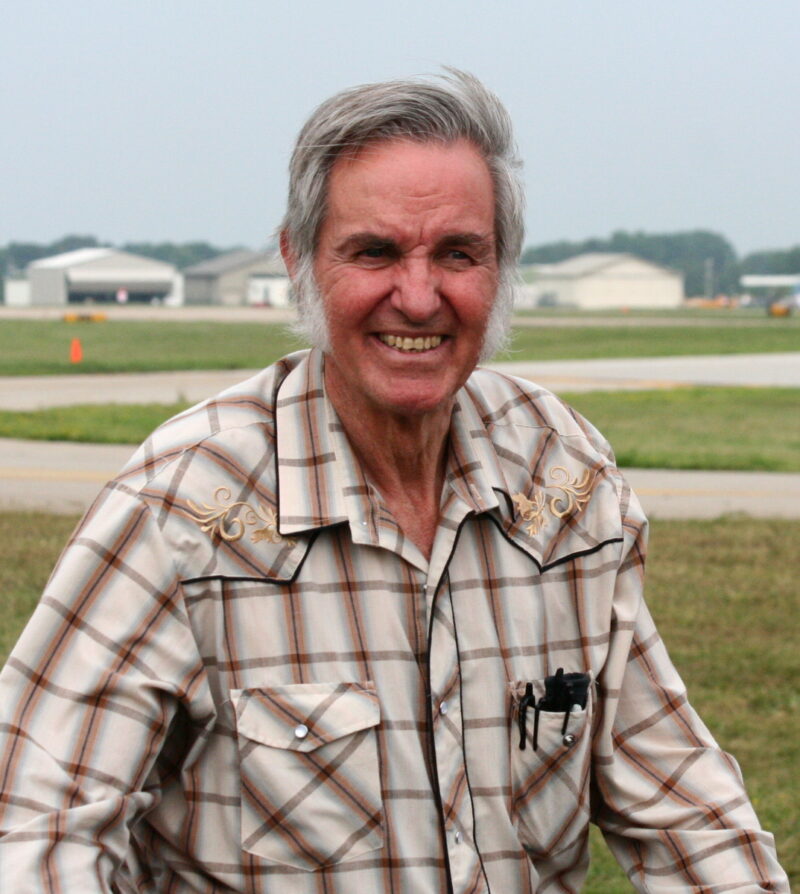
Burt Rutan is a modern engineer who proves that we are never done innovating. He designed aircraft that may look funny but are strong, light, and efficient. He invented the Voyager, the first plane to fly nonstop around the world, and SpaceShipOne, the first spacecraft that was privately funded.
Learn more about Burt Rutan at Plane & Pilot magazine.
Try it: Improve on paper airplane design to innovate like Burt Rutan with this activity at Science Buddies.
If you liked this list of famous scientists, check out Famous Inventors Your Students Should Know as well as these Nobel Prize Winners Kids Should Know.
Plus, get all the latest teaching tips and ideas when you sign up for our newsletters!
